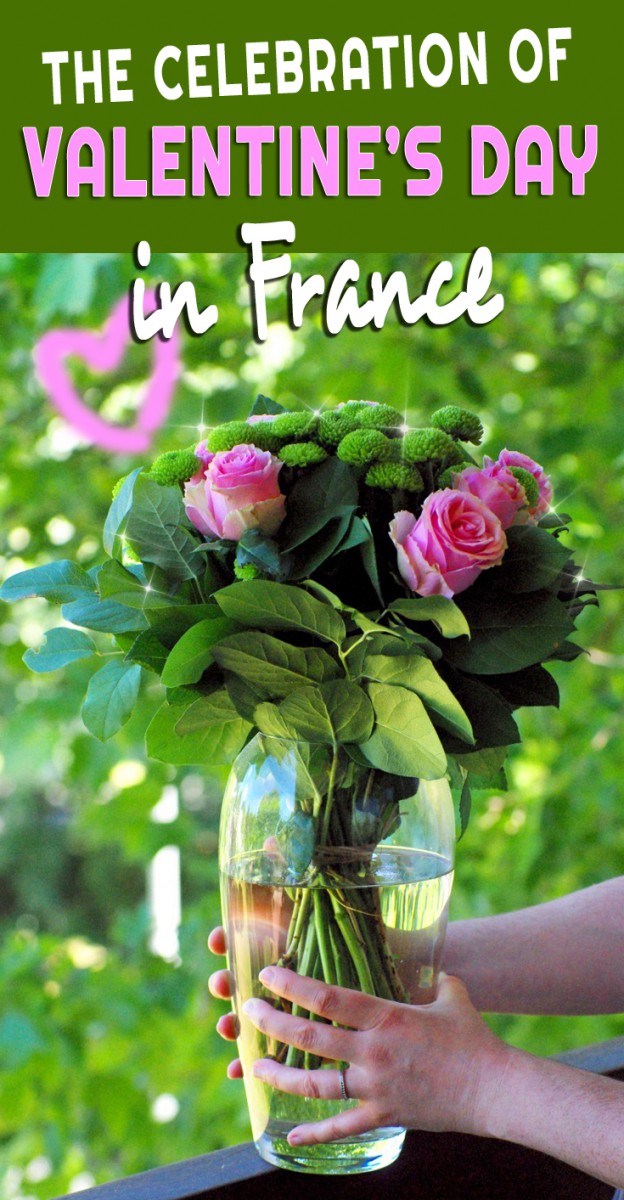As the season of love gently unfolds, there’s no place like France to celebrate the essence of romance that Valentine’s Day encapsulates. With its cobblestone streets, breathtaking landscapes, and an undeniable aura of amour, France is a testament to love’s timeless allure. In this special feature, we embark on a journey to explore the rich tapestry of Valentine’s Day in France, where love is a language spoken fluently.
From the ancient origins of this day dedicated to lovers to the cherished traditions that have evolved over centuries, we’ll uncover why France is the quintessential destination for those seeking to celebrate love in its most exquisite forms. Whether you’re drawn to the enchanting streets of Paris, the serene beauty of the French countryside, or the mesmerising coastlines that have inspired countless love stories, join us as we delve into the heart of Valentine’s Day in France.
Discover the most romantic destinations, immerse yourself in the customs that make this day truly special, and perhaps find inspiration to write your love story in the country renowned for its joie de vivre and, of course, its amour.
Who are you, St. Valentine?

The story began during the third century when the Roman Empire had been at war for years. The Empire’s power was declining particularly its army. More and more young men were deserting. At the very least, young men were not as likely to sign up for the military as previously.
According to Emperor Claude II, potential soldiers were more interested in women and having families than in fighting for the Empire… To solve the problem, “Cruel Claude” forbade weddings throughout the Empire.
However, a priest called Valentine decided to defy the law. In secret, he continued to perform at weddings. Valentine even encouraged young lovers to meet him to be blessed with the marriage Sacrament. But Claude II eventually heard about these activities… and immediately imprisoned Valentine.
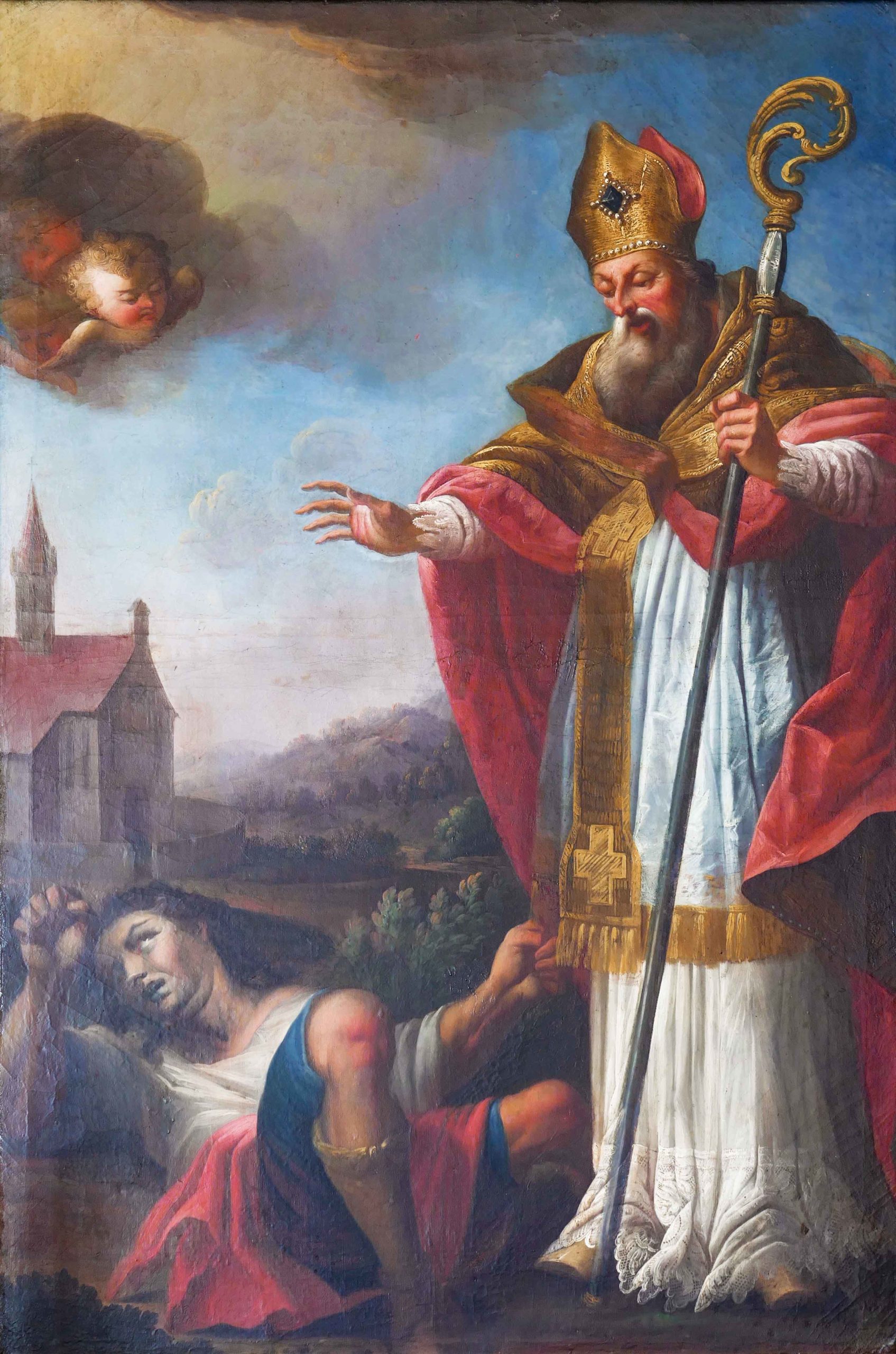
There, the priest befriended the blind daughter of his prison guard.
Valentine was eventually sentenced to death. According to the legend, right before his execution on the 14th of February 270 AD, he gave sight back to the blind girl. He also gave her a heart-shaped letter, which he signed: “From your Valentine”.
When the Roman Empire collapsed at the end of the 5th century, Valentine was declared a Saint by Pope Gelase I for his sacrifice in defence of love.
A sweetheart’s celebration

It was not until the Middle Ages that Valentine’s Day became a day to celebrate love. It was a political decision by the Church, which wanted to respond to the pagan celebration of Lupercalia, which had been emerging over the years in Christian Europe.
The ancient celebration of Fertility Day
Honouring ancient Roman deities Luperculus (God of herds and shepherds) and Juno (Goddess of marriage), “Fertility Day” was celebrated every year from the 13th of February to the 15th of February.
This former Greek and Roman celebration became fashionable again after the collapse of the Roman Empire.
People organised rituals to celebrate love and bless future parents. The most unusual was Luperci’s race, where half-naked young men ran after young ladies holding pieces of pork skin.
The goal was to (gently!) hit the young ladies to have peaceful and happy pregnancies.
When Valentine’s Day became a Christian tradition
The Church feared losing its power in Europe, and Lupercalia was not the only pagan celebration to come back into fashion after the collapse of the Roman Empire. The Pope decided to turn Lupercalia into a Christian celebration. It would take place on the 14th of February and be called Valentine’s Day to honour the priest who sacrificed his life to bless young couples.
Valentine’s Day in France
Why do we celebrate love with cards on Valentine’s Day in France?
This delightful question takes us back to the Middle Ages when poetry and sweet words began to blossom among lovers. In the 14th century, the poet Geoffrey Chaucer set the trend for courtly love in France and England, encouraging lovers to express their mutual affection through poems.
The tradition of Valentine’s Day cards dates back to the 15th century. Picture the Duke of Orleans, imprisoned in London, writing the very first Valentine’s card to his beloved. This romantic gesture has spanned centuries, and that card is now treasured at the British Museum.
The name of Raymond Peynet is synonymous with Valentine’s Day in France. This talented illustrator captured hearts with his drawings of loving couples, especially with “Les Amoureux” (The Lovers), created amid global conflict. His works, including a series of stamps in 1985, celebrated love and continue to inspire.

Just a commercial celebration?
Where did the concept of Valentine’s Day as a commercial holiday originate? To understand, let’s dive into 19th-century America, where this idea blossomed. In the United States, Valentine’s Day is such a special occasion that some even take a day off to celebrate it properly.
1,500 years later, Valentine’s Day is a trendy celebration in many countries, especially France.
On Valentine’s Day, the excitement is palpable: from exchanging greeting cards to giving red roses, chocolate boxes, and sweet-hearted candies with affectionate messages, everything serves as a reason to celebrate love. But it’s not just about matters of the heart; it’s also a profitable venture. The American Trade Federation estimates that the holiday brings in $20 billion annually to the country’s economy.
A recent poll shows 71% of French people celebrate Valentine’s Day. They spend about fifty euros each on presents such as flowers, jewellery or a romantic dinner.
Storekeepers and big businesses knew there was business to make out of it. “Surfing on love’s wave”, they adorn their shop fronts with hearts, roses and Cupid’s angels just a few days before the 14th of February. Hence, they take advantage of the opportunity to lure people who don’t know what to buy for their lover!
Valentine’s Day has become an occasion for retailers to make the most of an old tradition. However, let’s not accuse our favourite florists and jewellers! After all, they also allow many couples to celebrate such an important day!
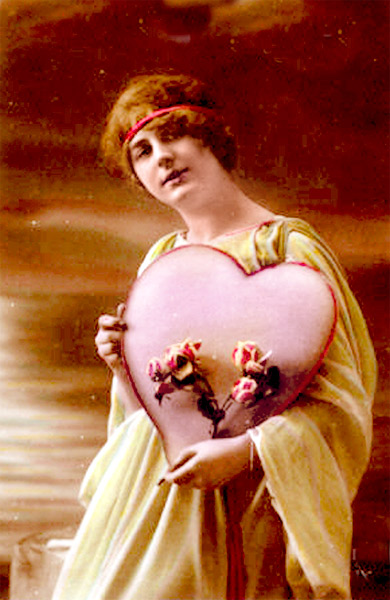
The Romance of Paris
For the perfect Valentine’s Day destination, head to… PARIS!
There’s much to see and do in the City of Love, from sightseeing to a cruise on the River Seine. I have listed my top 10 most romantic places to see in this article.
Get my ebook Romantic Paris here… an inspiring photographic journey along the Seine.

10 Romantic Destinations for Valentine’s Day in France
As we approach Valentine’s Day, the quest for the perfect romantic getaway becomes paramount for lovers across the globe.
According to the latest 2024 ranking by Holidu, France – the epitome of romance – boasts cities that are nothing short of enchanting for this special occasion. From the maritime charm of La Rochelle to the regal elegance of Versailles, let’s embark on a journey through the ten most romantic cities in France, each offering a unique blend of history, beauty, and that quintessential French allure.
La Rochelle

La Rochelle stands out with its stunning coastal scenery and historic ports, offering couples the chance to stroll hand in hand along its famous harbour, Vieux Port, under the soft glow of sunset. Its maritime ambiance and cobblestone streets create a perfectly romantic setting.
Bordeaux

Bordeaux is celebrated for its breathtaking architecture and renowned vineyards. Couples can explore the city’s grandiose squares and riverside walks, then venture into the surrounding wine country for a taste of some of the world’s finest wines.
Rouen

Rouen, with its medieval charm, transports lovers back in time. The city’s gothic cathedrals and half-timbered houses, combined with the legend of Joan of Arc, provide a mystical backdrop for a romantic escape.
Annecy
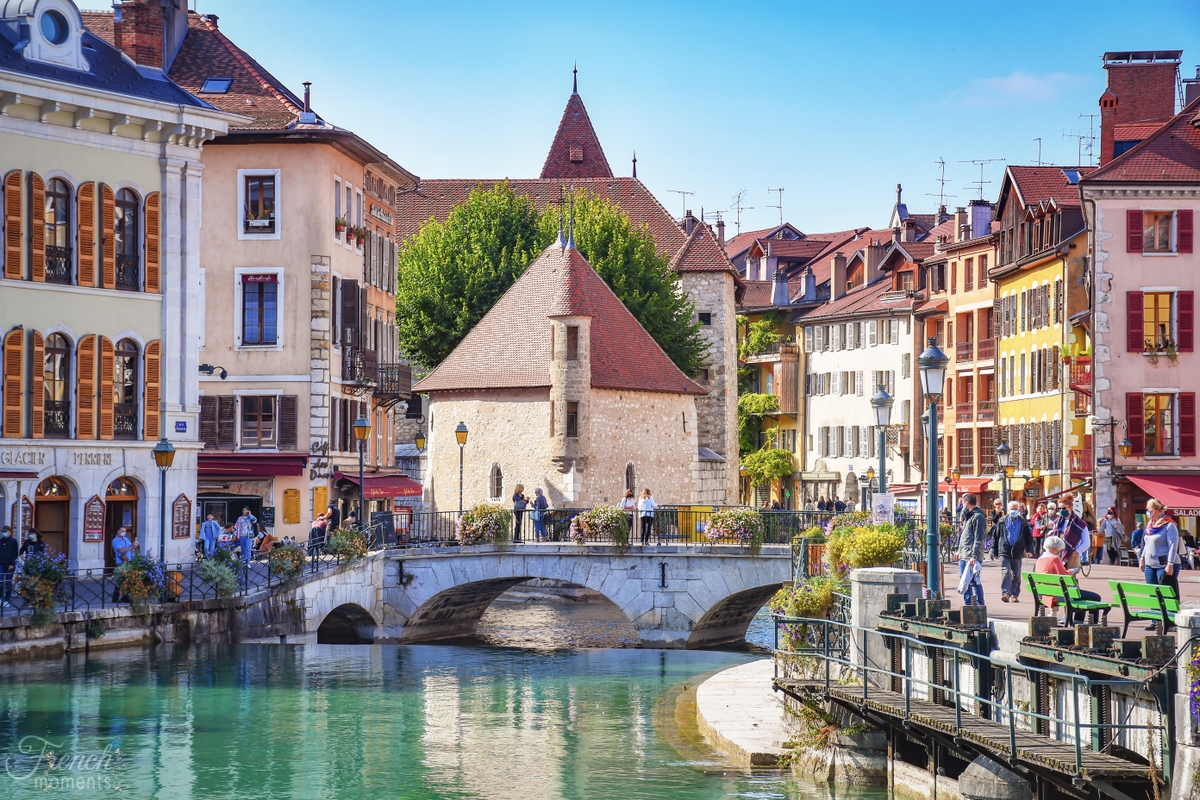
Annecy is known as the “Venice of the Alps” for good reason. Its crystal-clear lake and canals lined with flowers make it an idyllic spot for couples seeking adventure and tranquillity in the heart of nature.
Cannes

Cannes is synonymous with glamour and beauty. Famous for its film festival, sandy beaches, and luxury boutiques, it offers couples a taste of the high life alongside romantic seaside walks.
Nancy
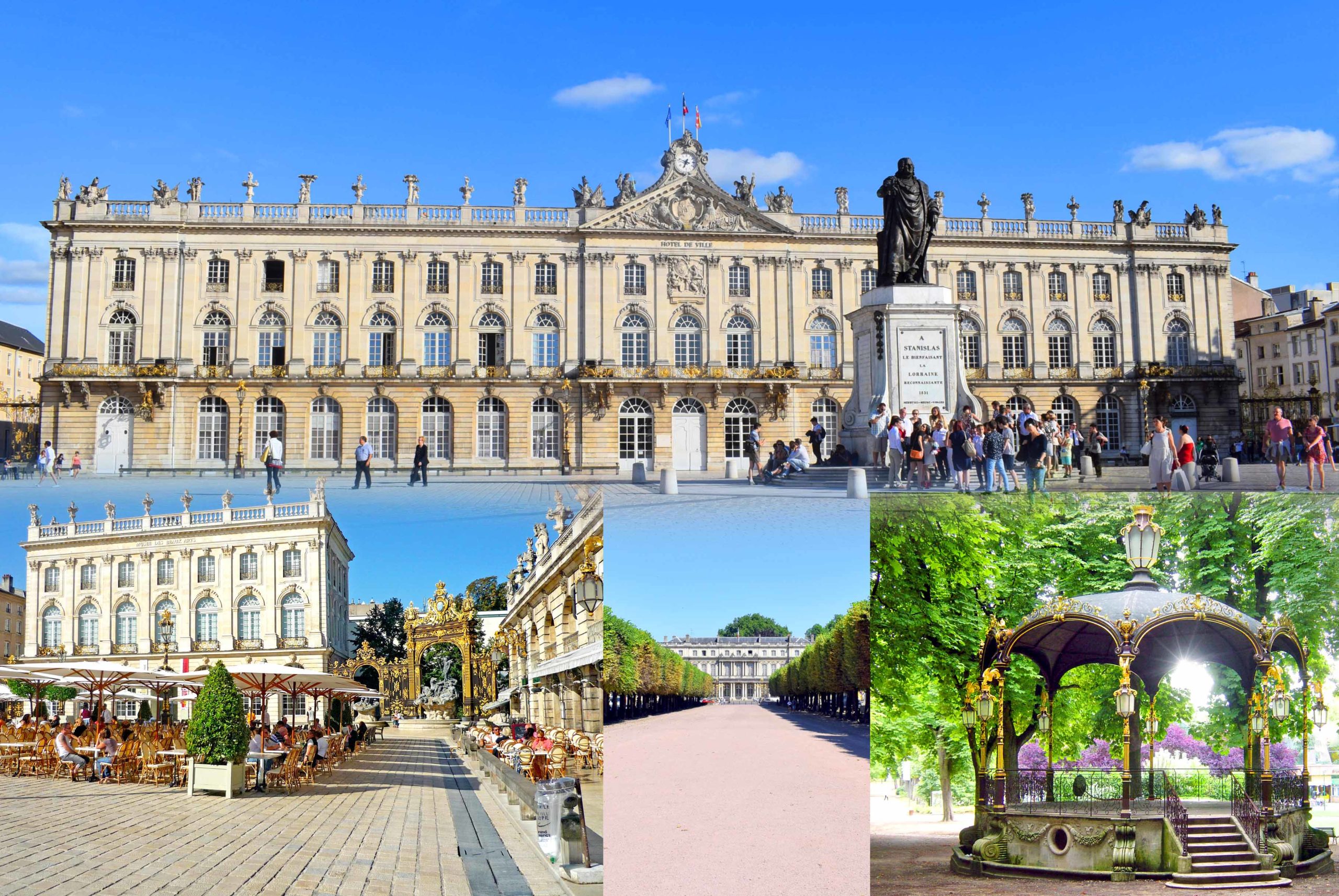
Nancy impresses with its UNESCO-listed Place Stanislas, a masterpiece of 18th-century architecture. The city’s elegant squares and vibrant art scene make it a haven for couples who appreciate culture and beauty.
Caen
![Caen - Abbaye aux Hommes © Gpesenti - licence [CC BY-SA 3.0] from Wikimedia Commons](https://frenchmoments.eu/wp-content/uploads/2013/10/Caen-Abbaye-aux-Hommes-©-Gpesenti-licence-CC-BY-SA-3.0-from-Wikimedia-Commons.jpg)
Caen, with its rich history and Normandy charm, offers romantic walks through medieval streets, visits to the poignant D-Day beaches, and tranquil moments in its lush gardens and abbeys.
Tours
![Tours - Place Plumereau © Gerard Jalaudin - licence [CC BY-SA 4.0] from Wikimedia Commons](https://frenchmoments.eu/wp-content/uploads/2013/10/Tours-Place-Plumereau-©-Gerard-Jalaudin-licence-CC-BY-SA-4.0-from-Wikimedia-Commons.jpg)
Tours, the gateway to the Loire Valley, is famed for its old town, fine dining, and proximity to some of the most beautiful châteaux in France. It’s a dream destination for those wishing to indulge in history and gastronomy.
Grenoble

Grenoble is surrounded by stunning mountain scenery, allowing couples to combine city pleasures with outdoor adventures. The Bastille cable car ride provides unforgettable panoramic views.
Versailles
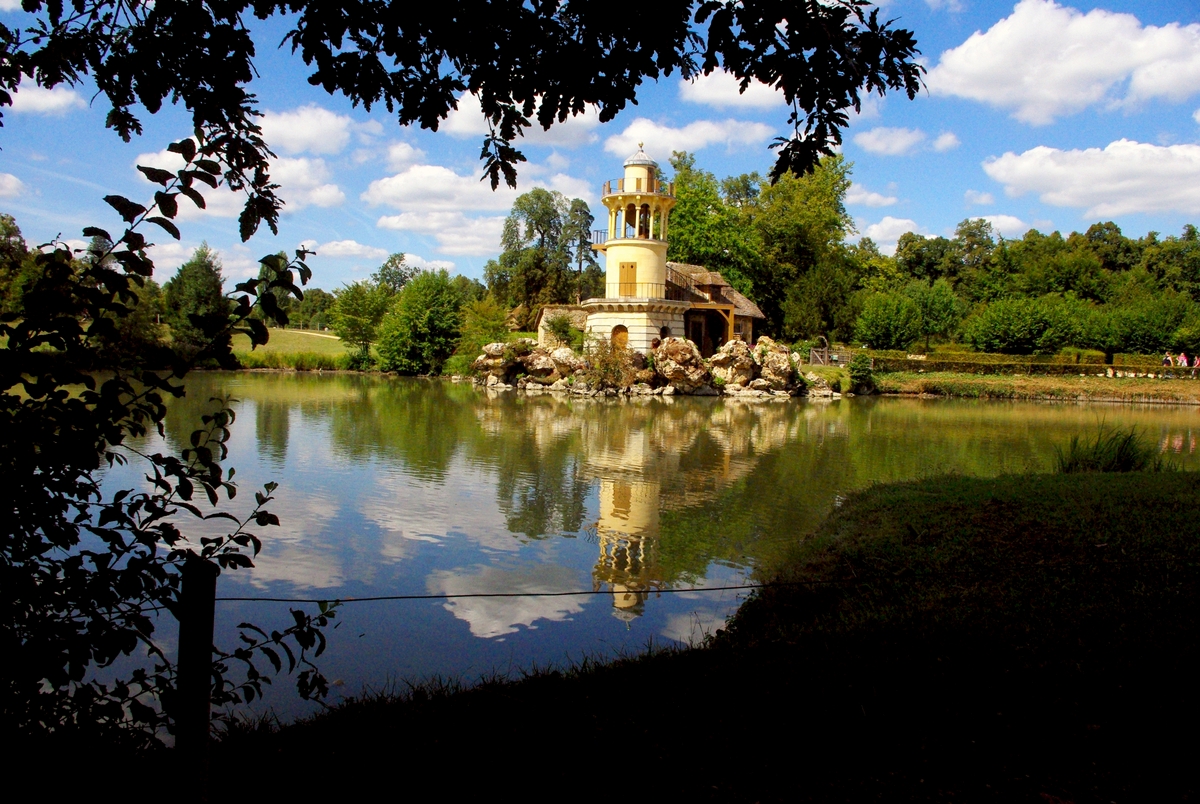
Versailles, last but certainly not least, is the pinnacle of royal romance. The opulent Palace of Versailles and its vast gardens glimpse the lavish court life and are perfect for lovers to explore grandeur and history.
Embarking on a Valentine’s Day journey through any of these French cities promises a blend of romance, history, and beauty, ensuring memories that will last a lifetime. Whether it’s the allure of ancient streets, the tranquillity of nature, or the opulence of royal gardens, France’s most romantic cities beckon couples to discover love in its most enchanting forms.
Find out more about Valentine’s Day
- Read more on Wikipedia
- Discover Paris, the City of Love, on the blog
English-French Vocabulary

(f) for féminin, (m) for masculin, (adj) for adjective and (v) for verbs
- celebration = célébration (f)
- church = église (f)
- couple = couple (m)
- Cupid = Cupidon (m)
- February = Février (m)
- flower = fleur (f)
- gift = cadeau (m)
- heart = cœur (m)
- love = amour (m)
- lover = amoureux (m) / amoureuse (f)
- Lupercalia = Lupercalia (f)
- marriage = mariage (m)
- party = fête (f)
- Pope = Pape (m)
- Roman = Romain (m) / Romaine (f)
- Roman Empire = Empire romain (m)
- Valentine = Valentin
- Valentine’s Day = Saint Valentin (f)
- wedding = mariage (m)
Pin it for later
Did you like what you read? If so, pin it on Pinterest:
